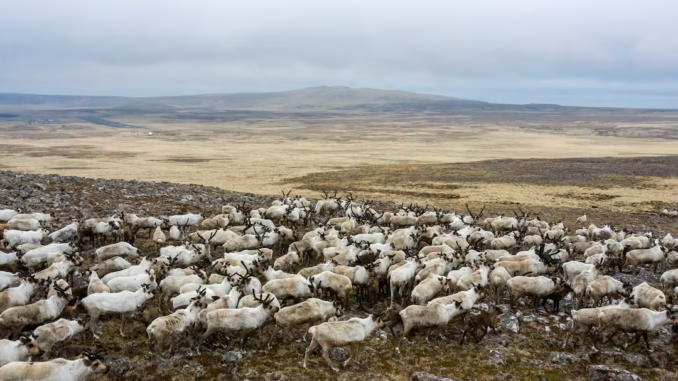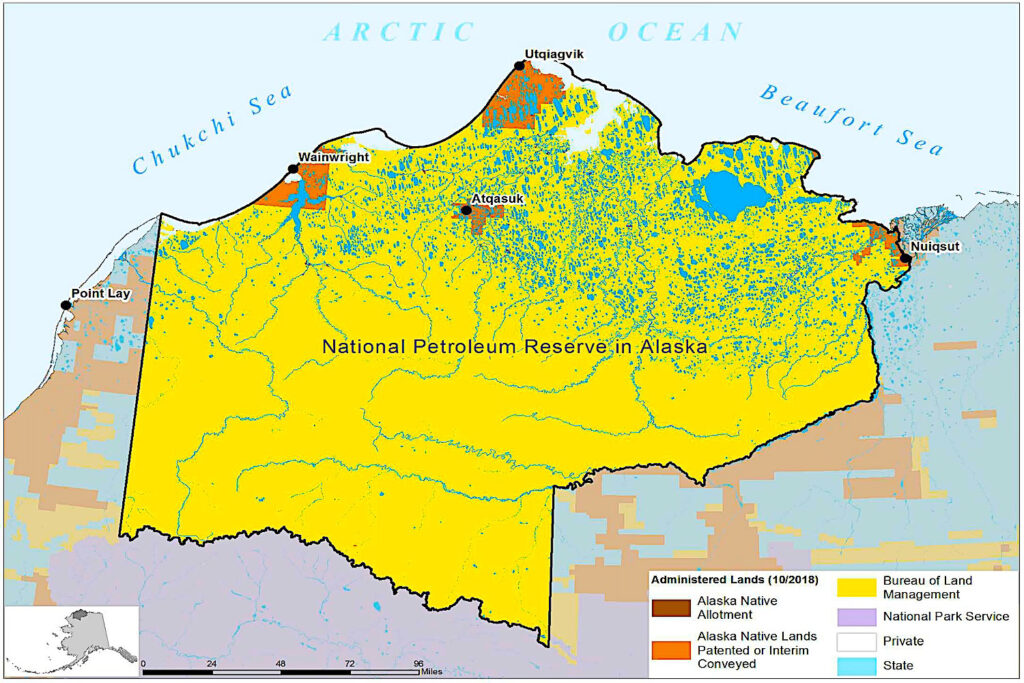
The U.S. Department of the Interior has taken a significant step to boost domestic energy production by reopening the Arctic National Wildlife Refuge (ANWR) to oil and gas exploration and restoring previously canceled leases to an Alaska state agency. This move, announced on October 23, 2025, marks a reversal of policies from the previous administration and aims to enhance energy security while providing economic opportunities for Alaskans.The Lease AnnouncementOn Thursday, Interior Secretary Doug Burgum issued a Record of Decision that opens the entire 1.56 million-acre Coastal Plain of ANWR for oil and gas leasing programs. The department stated that this action fulfills congressional intent from the 2017 Tax Cuts and Jobs Act, which mandated lease sales in the area to promote American energy dominance.
As part of this initiative, the Interior Department is restoring seven oil and gas leases that were canceled by the Biden administration in late 2023. These leases are being returned to the Alaska Industrial Development and Export Authority (AIDEA), a state agency focused on economic development.
The restoration allows AIDEA to proceed with development activities, potentially leading to new exploration and production in the region. The Bureau of Land Management (BLM) will oversee upcoming lease sales, with the first potentially occurring this winter.
This decision is part of a broader effort under the Trump administration to “unleash” Alaska’s resource potential, including revoking restrictive withdrawals along key corridors like the Trans-Alaska Pipeline and Dalton Highway to facilitate state land conveyance.

The announcement comes amid ongoing debates over energy policy, with supporters arguing it will reduce U.S. dependence on foreign oil and create jobs, while critics highlight potential environmental risks. The Interior Department emphasized that the plan includes “strong protections for important surface resources and uses in the Coastal Plain.”
Details on the Wildlife RefugeThe Arctic National Wildlife Refuge, located in northeastern Alaska, spans approximately 19 million acres and is one of the most pristine and biodiverse regions in the U.S. The Coastal Plain, often referred to as the “1002 Area,” comprises about 1.56 million acres and has been at the center of controversy for decades due to its estimated oil reserves.
Geological surveys suggest the area could hold billions of barrels of recoverable oil, making it a key target for energy development.
Originally opened for leasing during the first Trump administration in January 2021, the Biden administration halted progress by canceling the leases and imposing restrictions on over half of the reserve, citing concerns over climate change and impacts on wildlife, including caribou herds, polar bears, and migratory birds.
The current restoration reopens the full Coastal Plain, with proponents claiming modern drilling technologies minimize environmental footprints—potentially affecting only a small fraction of the overall refuge.
However, environmental groups like the Alaska Wilderness League have voiced opposition, arguing that even limited development could disrupt fragile ecosystems, especially amid a government shutdown that limits public input on related nominations.
The plan also ties into larger projects, such as potential expansions in the National Petroleum Reserve-Alaska (NPR-A), where up to 82% of the area could be made available for leasing.
Alaskan Attitudes and Economic ImplicationsAlaskans have long had a complex relationship with oil development, but many support initiatives like this due to the state’s heavy reliance on energy revenues. Oil and gas account for a significant portion of Alaska’s economy, funding public services and the Alaska Permanent Fund Dividend—annual “oil checks” distributed to residents from resource royalties.
In the North Slope region, home to Indigenous Iñupiat communities, over 95% of the tax base comes from resource infrastructure, supporting education, healthcare, and wildlife management.
Local leaders and residents have expressed enthusiasm for the restoration. Alaska Governor Mike Dunleavy highlighted how such policies secure the state’s future by restarting lease sales and investing in infrastructure, including revenues from ANWR that could flow back to Alaska.
Alaskan Natives and officials, including Energy Secretary Chris Wright, have advocated for unleashing the state’s potential, noting that it creates jobs and prosperity.
Posts from Alaskans on social media echo this sentiment, emphasizing energy as a source of strength and criticizing past restrictions as barriers to growth.
While some environmental advocates oppose the move, viewing it as a setback for conservation,
the prevailing attitude among many Alaskans appears positive, driven by the promise of economic benefits and energy independence. As one commentator noted, opening ANWR could lead to long-term price stability and fund America’s future without relying on foreign sources.
This development underscores the ongoing tension between energy needs and environmental protection, but for Alaska, it represents a pathway to renewed economic vitality. As the leasing process moves forward, stakeholders will watch closely for its impacts on both the refuge and the state’s residents.
Got Questions on investing in oil and gas? Or do you have a Tax Burden in 2025?
Crude Oil, LNG, Jet Fuel price quote
ENB Top News
ENB
Energy Dashboard
ENB Podcast
ENB Substack






Be the first to comment